
Mon-Fri 9am-5pm
Talk to our friendly electric car leasing experts now: 01942 910 001This website uses cookies to ensure you get the best experience. Learn more
EVs like the new Smart #5 show you why 2026 is THE year to lease electric

Why 2026 is THE year to lease electric - EVs like the new Smart #5 show you why
There is some responsibility on manufacturers to produce good electric cars. Now, what constitutes good is perhaps something we do need to explore a little further.
It isn't just about the aesthetics, ergonomics or the technology with the vehicle; an EV is a battery on wheels and the underlying components and infrastructure must impart confidence onto the driver utilising this. Without a doubt, we have seen kickback and critique on those instances where brands have simply failed to understand this and do not create a valuable or practical BEV.
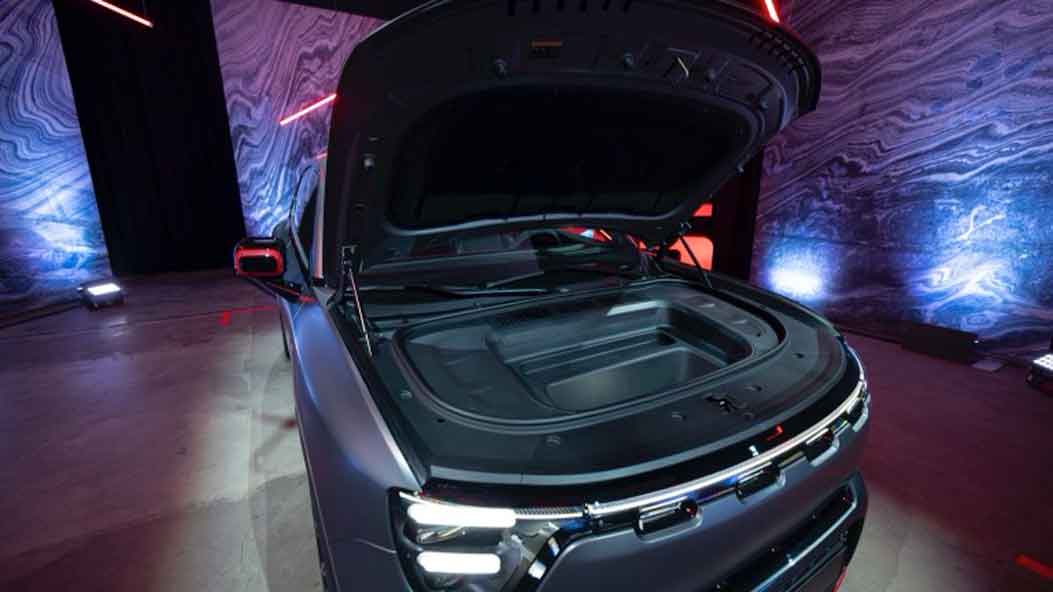
It doesn't matter if you have cheap overnight charging, or that there are some new rapid chargers in your locality, or if there was an Electric Car Grant on the purchase or if you are benefitting from the amazing BiK position. All of these key benefits, and pros, to zero-emission mean nothing if the actual product fails to meet your needs and requirements. This is why we have constantly said that Education is the key to the 2030 ZEV Mandate succeeding.
One brand which is an illustration of how to create a good EV is the Smart group. A combination of the Geely and Mercedes team, this has fast become a top-selling BEV in 2025. While currently limited to a #1 and #3, the brand are now expanding horizons with a new family SUV; the #5.
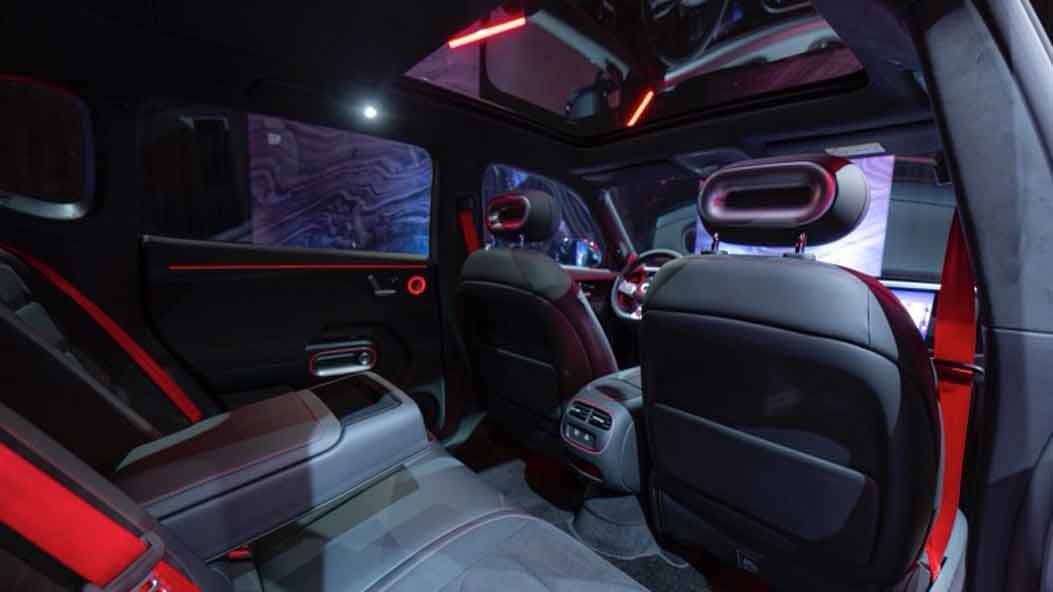
While similar to the Mercedes EQB this is not a 7-seater option while the angular and square appearance remains. Using the performance option Brabus as an example, there are a few things which stand out to us:
- Real World Range - 280 miles;
- AC charging capability - 22kW AC;
- DC charging capability - 400kW DC;
- Heat Pump - included as standard.
As we move into 2026, there is an increasing obligation on manufacturers to provide EVs which cover around 300 miles. When we say this, we mean ”real world” and not the WLTP assessment which has so far littered our industry. To cover this more directly, many websites use data which essentially highlights a WLTP assessment of the EV, which is not the same as how the vehicle actually performs on our roads.
The testing happens in carefully controlled laboratory situations, where a vehicle is recorded going from 100% to 0%. This can therefore inflate the range figure, leading a customer to believe that this will cover more mileage on a full charge compared to what will happen in reality.
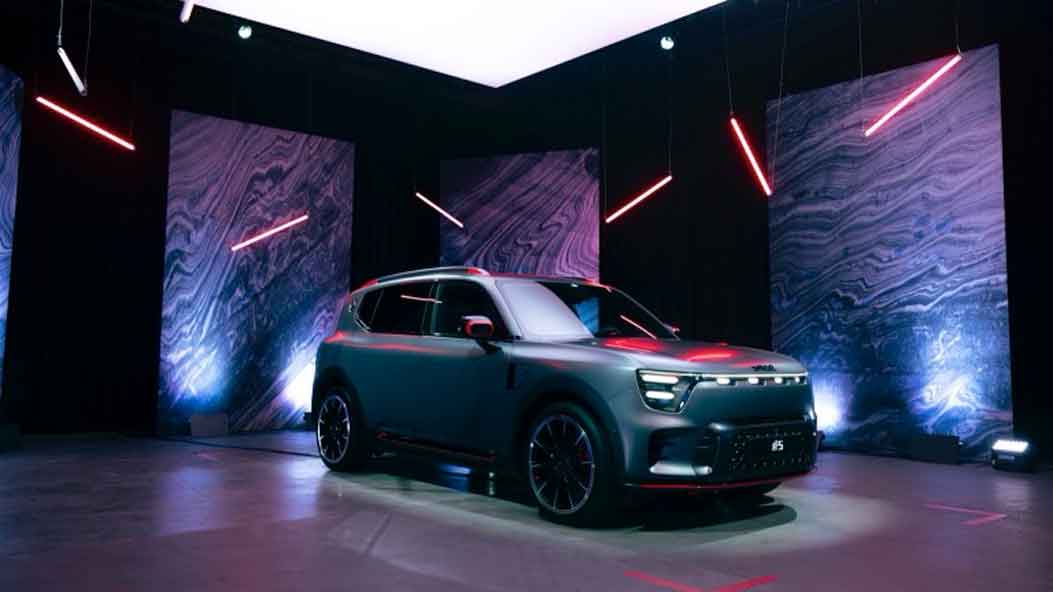
This is precisely why the e-car team uses a more rigorous assessment, with warmer and colder climates compared to urban / city driving and motorway journeys. There are a number of critical elements which can influence your range like the external temperature, car speed, driver behaviour (acceleration and braking) and functions being used.
As such, having a one size fits all range analysis doesn’t really work. For high-mileage drivers, especially company car / salary sacrifice customers covering motorway mileage, this is something to really monitor when signing up to a 2, 3 or 4 year contract.
Charging capability is another facet now being viewed with more diligence. While we advocated for the AC and DC to be identified on the charge flap / cover, this has not yet occurred. Very few new and used EV sales / leasing companies are highlighting this data to customers.
The speed of charge is key to your experience. For AC, while many drivers charge at home on a 7kW AC charger, more commercial premises are moving to 22kW points for employees to use. Not only are these relatively quick (you can charge a car in 3-5 hours), they are more cost-effective to install than DC solutions. For DC, this is about the public network and your ability to rapid charge.
.jpg)
For many drivers this happens at service stations and essentially this is about getting in and out as quickly as possible. Having a vehicle which can charge at 250kW (or more) essentially cements your convenience. To be clear, the DC charge point on the UK’s network will vary from 50 - 350kW DC. Use Zap Map to clarify this.
Finally, we have the “heat pump”, which we believe at e-car should be standard on ALL EVs sold in the UK. This device will effectively utilise waste heat from your vehicle to warm the cabin. In doing so, this reduces the draw on the battery which would otherwise be utilised to ensure your EV was an ambient temperature.
As your batteries have to work at ambient temperature, the warmth can be used to assist the driver and passengers, without needing more energy from the battery. The result is a far more efficient range in colder / winter months. This can be as much as 10 - 20% depending on the conditions. This is why our EVC™ clearly demonstrates if a heat pump is available and whether this is a standard or additional option.
With e-car now working with the EVA and BVRLA , to increase education, we are hoping to raise standards in the UK and help customers transition into the Smart Brabus #5 more easily and confidently.
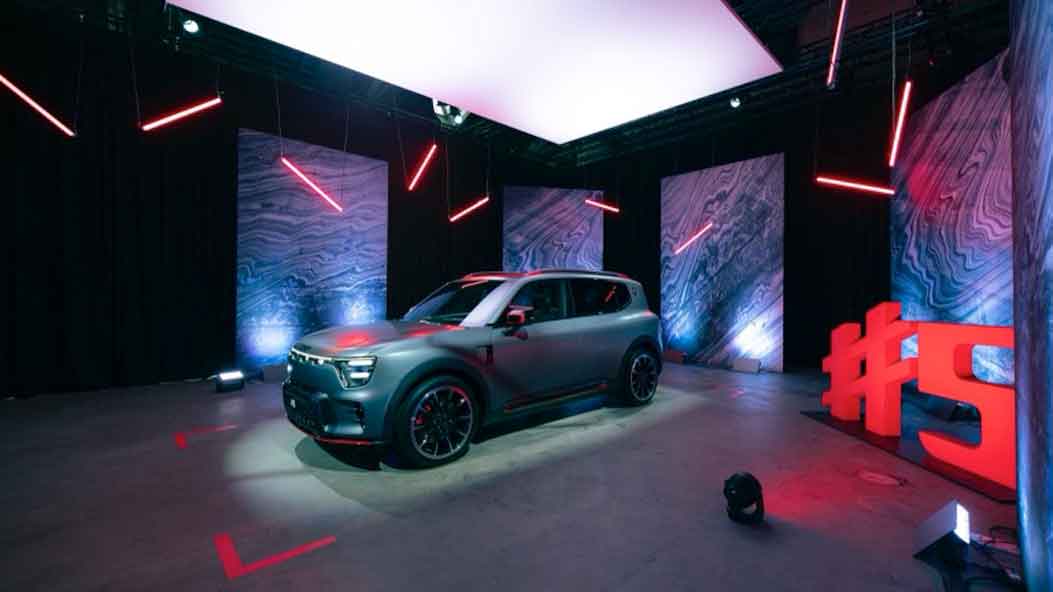
So what specification does the Smart Brabus #5 EV have?
- Brabus - from £51,800 this includes smart charge, V2L capability, sport and Brabus mode, hill assist, simulated engine sound, trailer stability assist, ventilated front and rear brake discs, Halo roof, roof rails, sporty bodystyle, 21” alloys, gesture tailgate, electrically adjustable / heated / memory door mirrors, frameless doors, acoustic glass, Halo roof blind, LED lights, heat pump, air filter, air quality, auto-dimming mirror, sporty pedals, leather steering wheel, 256-colour ambient lights, 4-way lumbar support and 6-way powered seats, heated driver seat, driver seat memory, heated front and rear seats, heated steering wheel, front /rear parking sensors, 360 degree camera, keyless start, adaptive cruise, front and rear collision monitoring, traffic sign recognition, smart pilot assist, 10.25” HD cluster, 13” OLED screen, navigation, HUD, digital key, Sennheiser signature sound (with 20 speakers) and more!
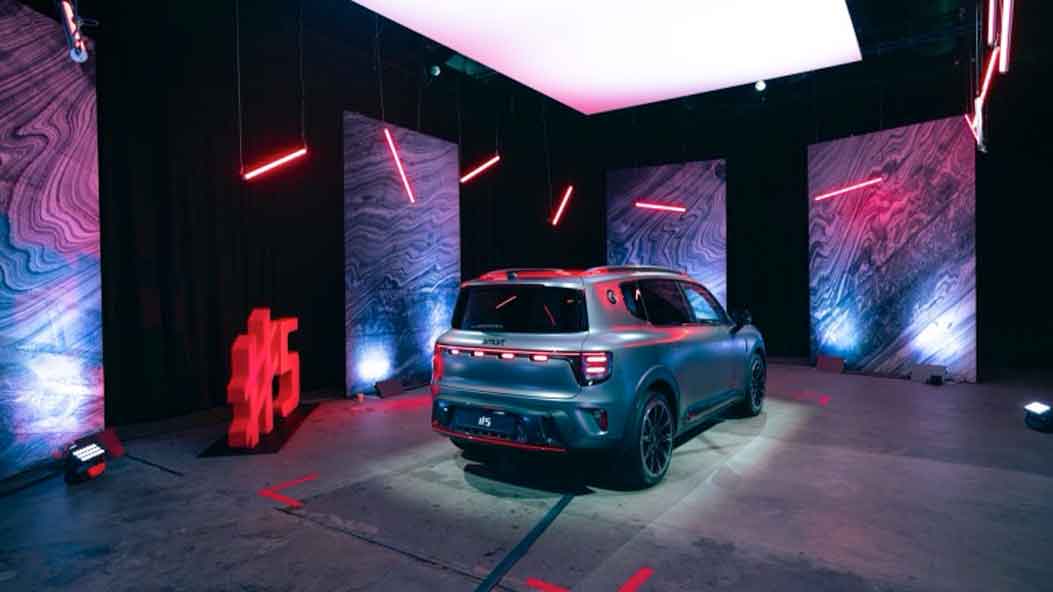
How does the Smart Brabus #5 perform - is it a good EV?
- Brabus - an AWD car, this has a 94kWh usable lithium battery which will deliver 0 – 62 times of 3.8 seconds, 130 mph top speeds and 475 kW (or 637hp). Expect a combined winter range of 235 miles with warmer weather allowing for 315 miles - a combined 280 miles. On charging, the 22 kW AC max will allow 5 hours and 30 minute 0 – 100% charging times with the 400 kW DC maximum allowing 18 minute 10 – 80% times. A cargo volume of 630L is available with this car. It has a vehicle fuel equivalent of 121 mpg. This EV will have Bidirectional charging - a 3.3kW AC exterior adapter (V2L). The car will arrive with a heat pump as standard and the car will be able to tow 750kg (Unbraked) and 1600kg (Braked);
Want to know more about going into the all-new Smart Brabus #5?
Head to our dedicated special Smart EV offers section or speak to our experts directly on 01942 910 001 or by emailing us at [email protected]
e-car lease work alongside these select finance companies:





e-car lease have a partnership and affiliation with:



Register & get new deals weekly
 Exclusive offers
Exclusive offers
 Electric-only deals
Electric-only deals
 Never miss out
Never miss out

Talk to one of our experts
01942 910 001 Email usLeasing


© Copyright 2025 e-car lease. All rights reserved. e-car lease is a trading name of CarLease (UK) Ltd, e-car lease is a credit broker and not a lender. We are authorised and regulated by the Financial Conduct Authority. Registered No: 706617. BVRLA Membership No. 1471. Registered in England & Wales with Company Number: 09312506 | Data Protection No: ZA088399 | VAT No: 200422089 | Registered Office: Kings Business Centre, Warrington Road, Leigh, Greater Manchester, WN7 3XG
Made by morphsites®












